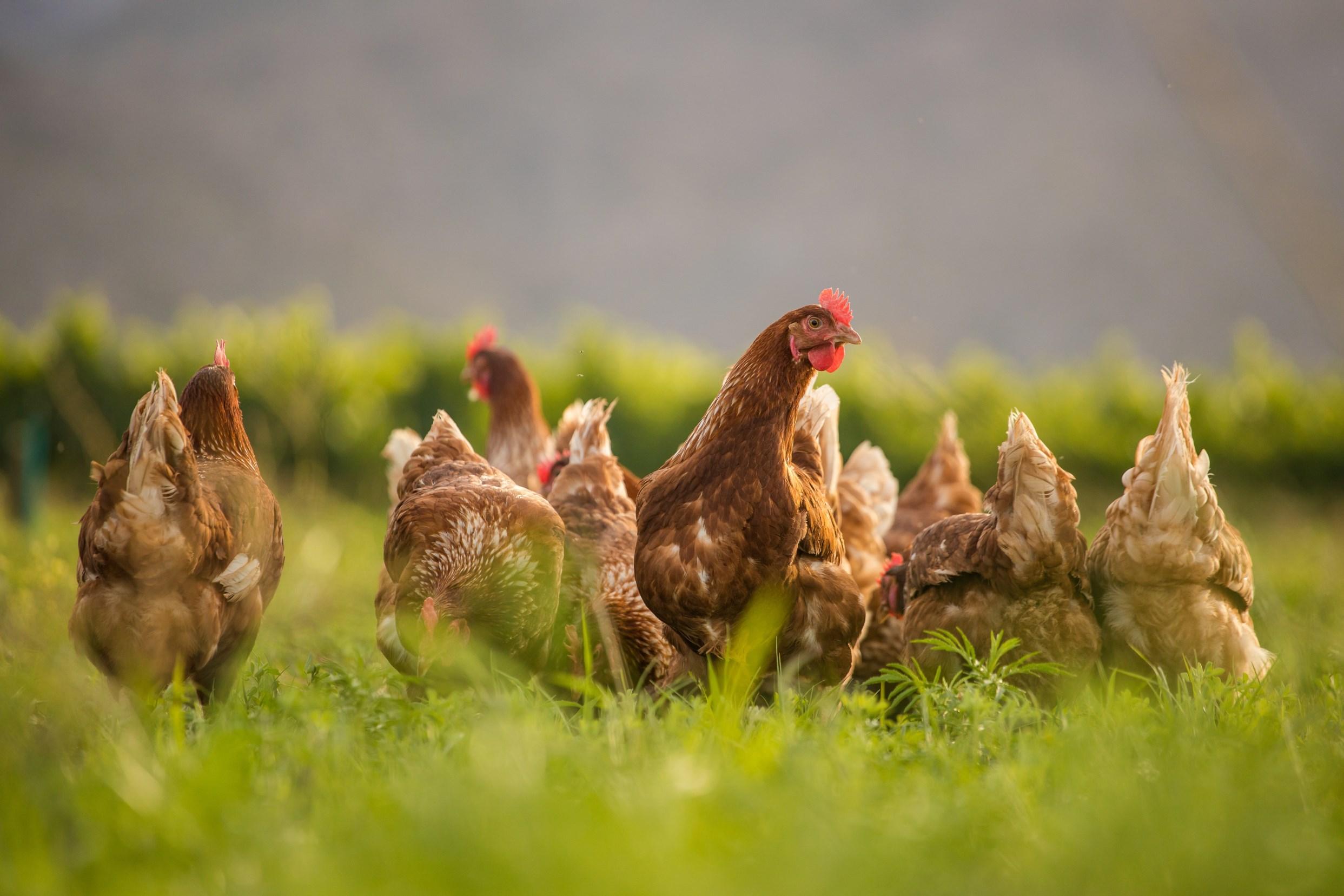

Veterinary Practitioners Board Annual Report
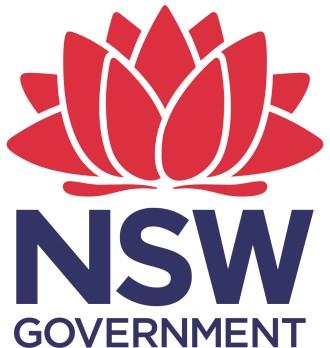
Access to the Board
Address Suite 7.09, 247 Coward St Mascot NSW 2020
Business hours 9:00 am to 5:00 pm Monday to Friday
Telephone 02 8338 1177
Email admin@vpb.nsw.gov.au
Website www.vpb.nsw.gov.au
A publication of the Veterinary Practitioners Board of NSW ISSN: 2207-323X
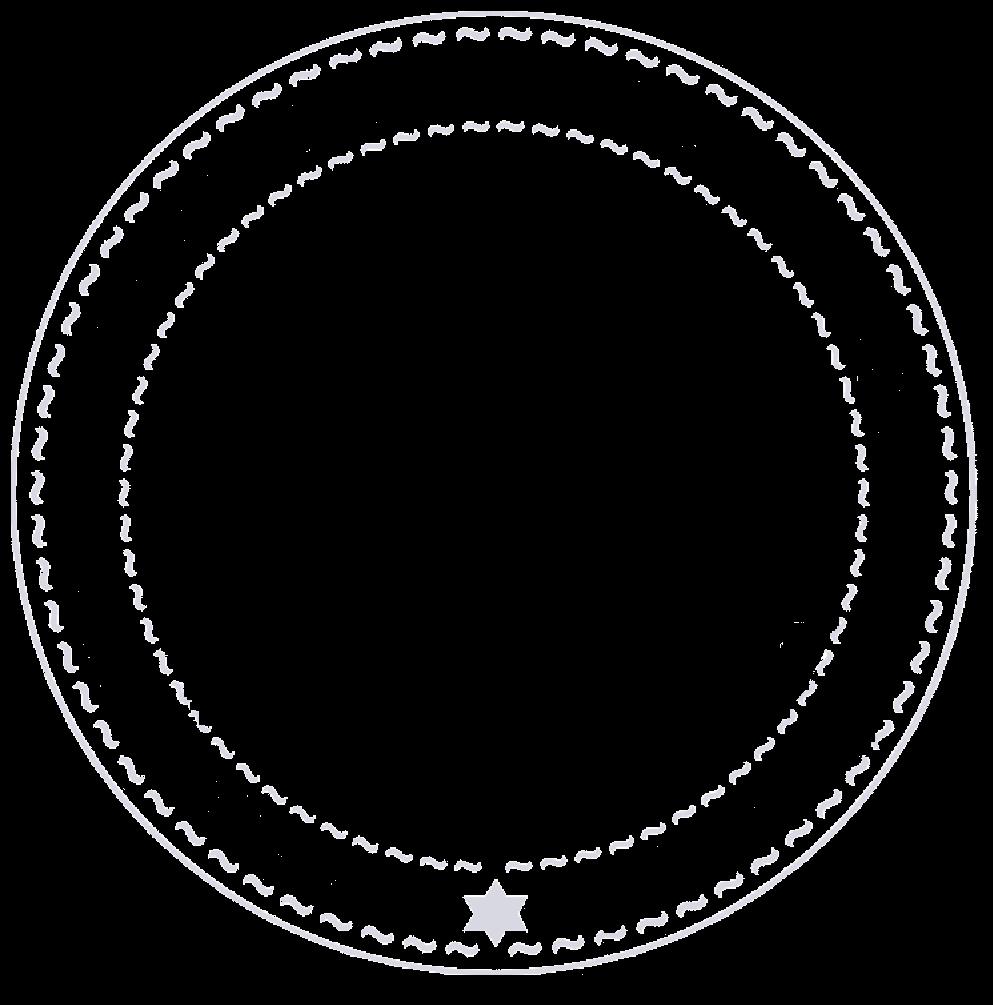
The Board thanks Dr Mark Simpson for kindly providing the images used in this publication except front page from Shutterstock
Licensing
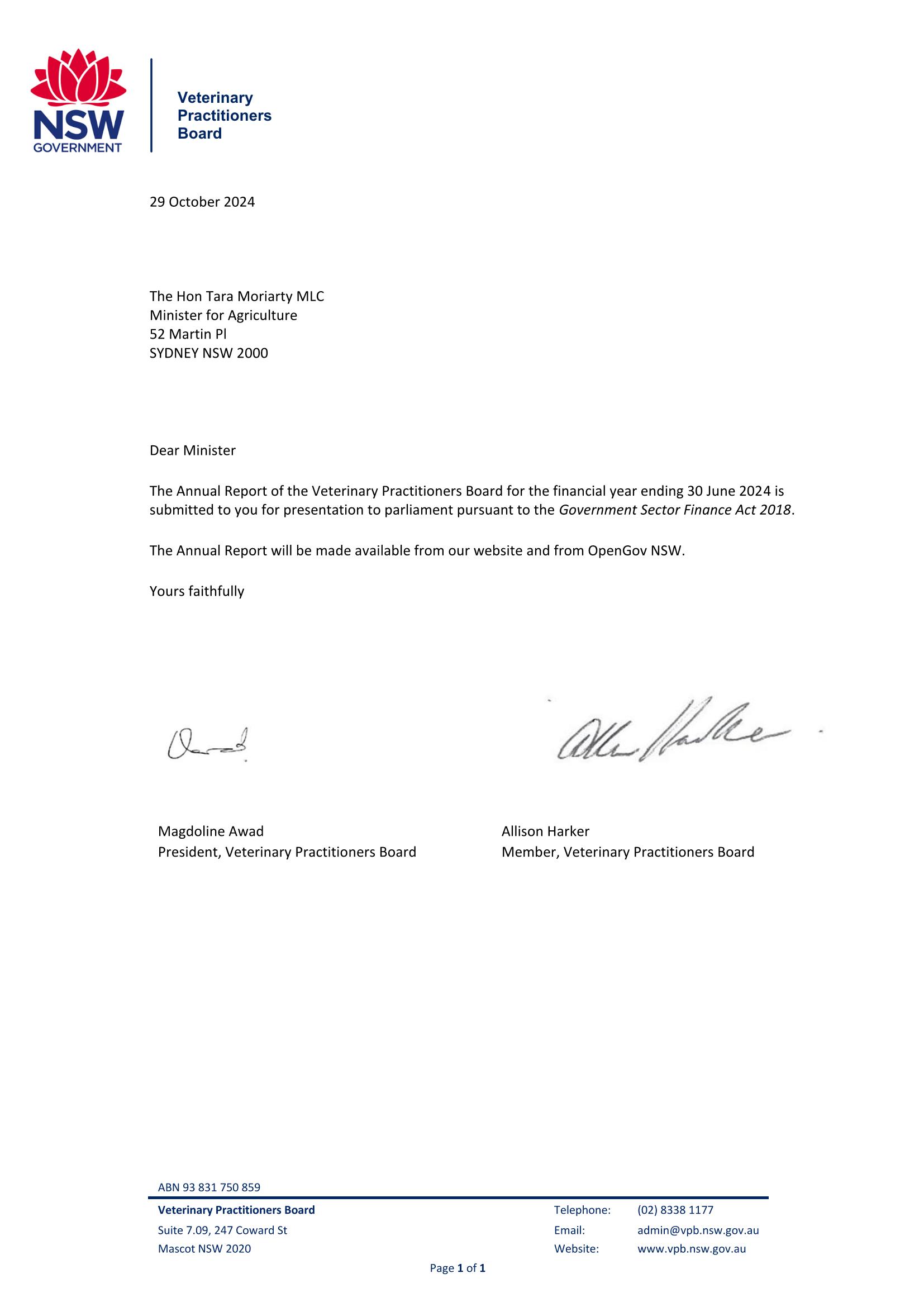
President’s Report
This year the Board marked the centenary of the regulated veterinary profession in NSW and continued with the implementation of its 2023-2026 strategic plan.
The Veterinary Surgeons Act 1923 commenced 1 January 1924. This legislation was key to formally recognising the veterinary profession in NSW. The first meeting of the Board of Veterinary Surgeons was held Monday 4 February 1924. To celebrate this milestone, the Governor of NSW held a reception at Government House Monday 26 February which was attended by over 120 veterinarians.
In addition, the Board appointed Emeritus Professor Paul Canfield and Drs Ruth Thompson, Deborah Neutze, Mark Lawrie and Anne Quain to a Centenary Committee. This Committee reviewed the last 100 years of the profession in NSW and noted significant contributions to the profession and the public during this time.
The Committee also selected a small number of veterinarians as recipients of a Centenary Medal for their outstanding contributions in the areas of animal welfare, public health and professional practice. The Centenary Medals were presented at a function held 19 June at Parliament House which was attended by the Minister, the Hon. Tara Moriarty MLC, representatives of the profession, awardees and the families of awardees.
During the year the Board completed a number of projects linked to the implementation of its 2023-2026 strategic plan. Its new veterinary registration portal was launched to enable all functions associated with registration to be completed online and many via self-service. There is also an option for recording continuing professional development to make it easier for veterinarians to complete renewal requirements. The Board is also now able to report work hours data to assist with analysing trends in workforce capacity.
The Board progressed with its premises inspection program and early in the new financial year will have completed inspections of all licensed premises within the last 3 years. The inspection program will continue with the objective of inspecting all licensed and unlicensed premises every 3 years.
The main remaining items on the strategic plan are redevelopment of the Board’s website, development and launch of the new licensing and complaints portals, and re-organisation of staff roles and processes to align with efficiency gains created by the new portal.
The Board continues to engage regularly with other regulators and statutory bodies including the Department of Primary Industries and Regional Development, NSW Health, the Office of Local Government, National Parks and Wildlife Service, Greyhound Welfare and Integrity Commission, Greyhound Racing NSW, Racing NSW and NSW Harness Racing.
There is ongoing participation with the Australasian Veterinary Boards Council through Dr Mark Simpson, and regular contact with the Australian Veterinary Association NSW Division President, Dr Zachary Lederhose previously, and Dr Amy Lee currently. The Registrar also regularly assists with lectures to veterinary students at Charles Sturt University and The University of Sydney.
As part of its strategic plan, and to complement the premises inspection program, the Board also held two forums with the profession. Our first regional forum in Wagga Wagga and our first specialist practice forum in Sydney provided opportunities for veterinarians to discuss current topics such as workforce shortages and spectrum of care, together with registration and complaints.
The term of the current Board will end this financial year and I would particularly like to thank outgoing members Dr Georgina Child and Mrs Lisa Minogue.
Georgina was appointed by the Governor in 2012 to represent specialist veterinarians and her tremendous intellect and numerous stories from practice ensured informed decisions and entertaining conversations over lunch. Lisa was also appointed by the Governor in 2012 to represent consumers of veterinary services and was a fierce proponent for the rights of consumers and in particular the needs of farmers and rural communities. Both will be greatly missed and both should be congratulated on their dedicated service to the regulation of the veterinary profession in NSW.
I would also like to thank my other fellow Board members Magdoline Awad, representing urban veterinarians; Peter Alexander, representing rural veterinarians; Kate Mills, representing academics in veterinary science; Paul McGreevy, Ministerial selection; and Sarah Hunter, representing consumers of veterinary services. It has been a privilege to work with all members of the Board and serve as President over the last 3 years.
Finally, I would also like to thank the staff of the Board for their dedication and commitment over the last 12 months. It has been a busy and oftentimes stressful period with implementation of most of our first strategic plan now complete in addition to other tasks such as the centenary celebrations, ongoing work to improve complaints processing, the challenges of implementing new information technology, and responding on behalf of the Board to various projects such as the workforce shortage inquiry.

Steven Ferguson NSW V6464 President
The Veterinary Practice Act 2003 (Act) (s 76) established the Veterinary Practitioners Board (Board) as a body corporate. The Act and Veterinary Practice Regulation 2013 (Regulation) are within the portfolio of the Hon. Tara Moriarty MLC, Minister for Agriculture, Minster for Regional New South Wales and Minister for Western New South Wales.
The Board aims to fulfil the objects of the Act and regulate the provision of veterinary services in NSW for the following purposes:
1. To promote the welfare of animals
2. To ensure consumers of veterinary services are well informed as to the competencies required of veterinary practitioners
3. To ensure that acceptable standards are required to be met by veterinary practitioners so as to meet the public interest and national and international trade requirements
4. To provide public health protection.
The functions of the Board (Act (s 79)) include: registration of veterinary practitioners and licensing of veterinary hospitals; investigation of complaints against veterinary practitioners; developing codes of professional conduct for veterinary practitioners; enforcing the provisions of the Act and Regulation; promoting professional development of veterinary practitioners; and providing information to veterinary practitioners and consumers of veterinary services.
The Board cooperates with other jurisdictions in Australia and New Zealand to further a common and harmonious approach to regulation of the veterinary profession. This function is assisted through interaction with other state veterinary boards, the Australasian Veterinary Boards Council Inc. (AVBC), and organisations representing the interests of members of the veterinary profession.
Management and Structure
The Board is appointed by the Governor of NSW. The Act (s 77) provides that the Board shall consist of six veterinary practitioners and two consumer representatives. Board members are appointed for a three year term with the current term ending 30 June 2024.
Meetings of the Board are generally held monthly using virtual meeting technology or at the Board’s offices, Suite 7.09, 247 Coward Street Mascot NSW 2020.
Steven Ferguson
BVSc MVS CertIV Pract Mgt
Georgina Child
BVSc DACVIM (Neurology)
Magdoline Awad
BVSc GradCertMgt MANZCVS
Peter Alexander
BVSc MANZCVS
Kate Mills
BVSc MANZCVS GradCert(HEd) FHEA
Paul McGreevy
BVSc PhD MANZCVS FRCVS
Sarah Hunter
BScAg CAg GAICD
Lisa Minogue
BAg Econ GAICD
Nominee of the Minister pursuant to s 77(2)(b) of the Act and appointed as President
Nominee of the NSW Division of the Australian Veterinary Association pursuant to s 77(2)(a)(i) of the Act
Nominee of the NSW Division of Australian Veterinary Association pursuant to s 77(2)(a)(ii) of the Act
Nominee of the NSW Division of the Australian Veterinary Association pursuant to s 77(2)(a)(iii) of the Act
Nominee of The University of Sydney pursuant to s 77(2)(a)(iv) of the Act 10/12
Nominee of the Minister pursuant to s 77(2)(b) of the Act 12/12
Nominee of the Minister pursuant to s 77(2)(c) of the Act 12/12
Nominee of the Minister pursuant to s 77(2)(c) of the Act 8/12
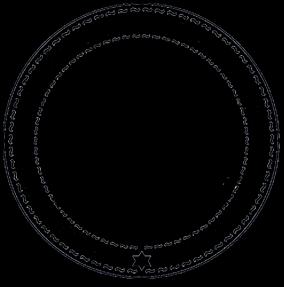


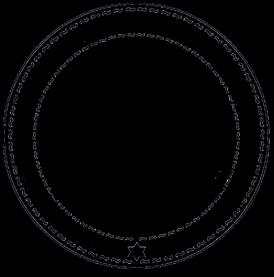






Staff Responsibilities
Registrar
• Develop and recommend policy direction in consultation with the Board
• Prepare Board agenda and minutes
• Implement decisions and policies approved by the Board
• Assist with the preparation of reports, forecasts and budgets to present to the Board
• Provide leadership and direction for staff of the Board
• Provide assistance to veterinary practitioners and consumers of veterinary services
• Assist the Board and the profession in the maintenance of standards of veterinary science
Deputy Registrar and Complaints Officer
• Design and enhance administrative procedures
• Ensure compliance with records management standards
• Maintain complaints handling processes
• Provide information to veterinary practitioners and consumers of veterinary services regarding complaint handling procedures
• Assist the Board, the profession and consumers with the resolution of complaints
• Maintain procedures for the processing of annual registration and hospital licences
• Coordinate the supply of office equipment, materials and repairs
Registration Officer
• Maintain the Board’s database of registered veterinary practitioners
• Process veterinary practitioner registrations
• Provide general administrative support to the Board
Finance Officer
• Maintain and enhance the Board’s finance record keeping processes
• Provide financial reports to the Registrar and Board
• Assist with the Board’s annual audit
• Provide general administrative support to the Board
Hospital Inspector
• Systematically inspect every veterinary hospital in NSW
• Ensure that facilities and equipment where restricted acts are performed are as required, the level of record keeping is appropriate, and Board policies are personally explained and discussed
• Document the results of inspections for the Board and for publication
• Assist with complaint investigations and provide reports to the Board
Information Technology Officer
• Maintain and enhance the Board’s information technology systems including website and database
• Manage annual registration and licensing payments and annual return processes
• Manage hospital licensing processes
• Provide general administrative support to the Board
Licensing Support Officer
• Manage hospital licensing processes
• Provide general administrative support to the Board
Complaints Support Officer
• Assist with complaints handling processes
• Manage complaint reports of investigations
• Provide general administrative support to the Board
Summary of Operations
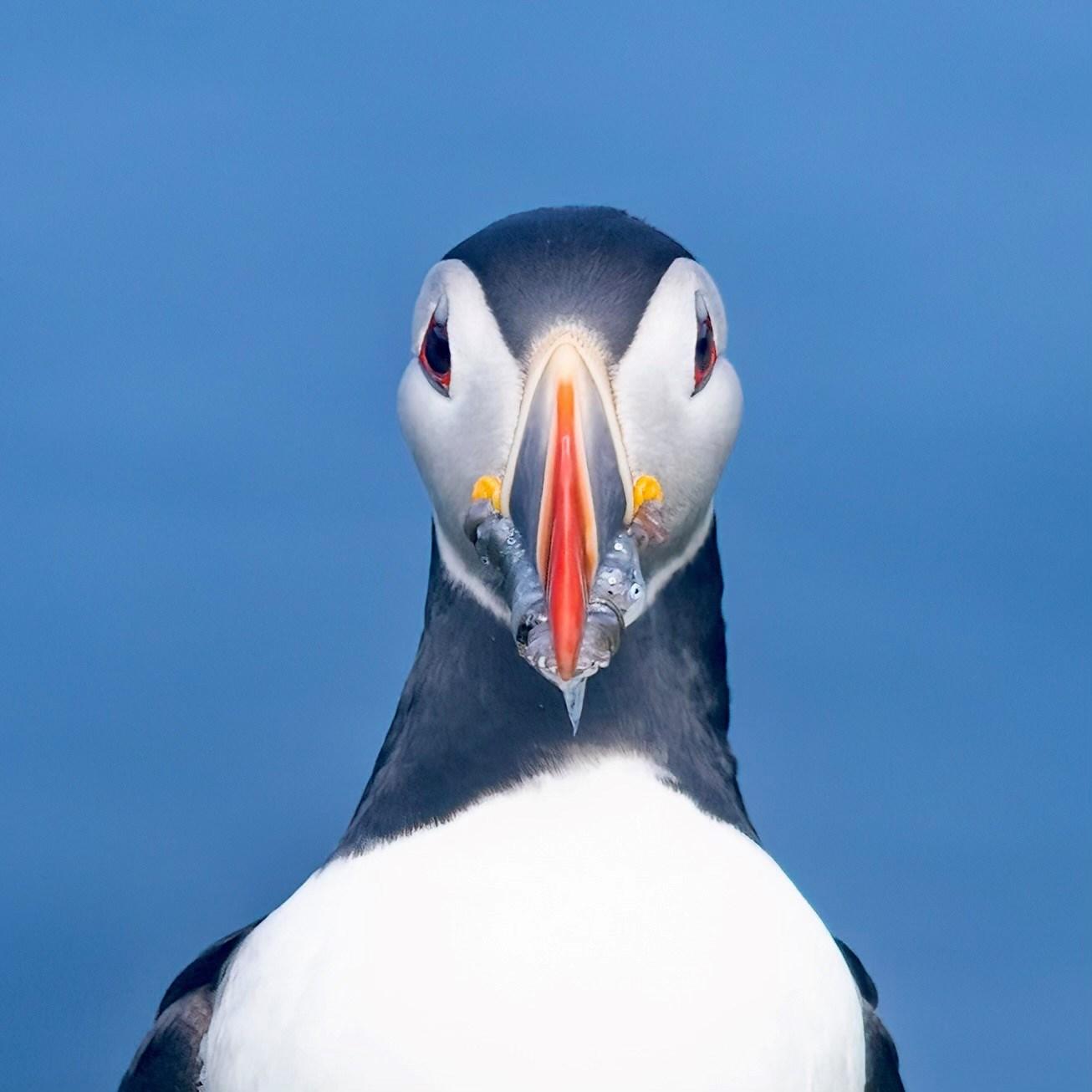
Registration of Veterinary Practitioners
Summary of Changes to the Register
At 30 June 2024 there were 4721 (4628) registered veterinary practitioners in New South Wales. The total number of veterinarians changes constantly due to applications for registration, applications for restoration to the Register, and removals from the Register. The Register also reflects the movement of veterinarians from one division to another.
Full Registration
As at 30 June 2024 there were 4,179 veterinarians with Full registration.
In addition to qualifications accredited by the Australasian Veterinary Boards Council (AVBC), holders of veterinary qualifications accredited by the following bodies are also recognised by the AVBC as being eligible to apply for registration as a veterinary practitioner in Australia without further examination.
1. Qualifications accredited by the Royal College of Veterinary Surgeons (RCVS)
2. Qualifications accredited by the South African Veterinary Council (SAVC)
3. Universities accredited by the American Veterinary Medical Association (AVMA) Council on Education (CoE)
4. Non-award qualifications from the AVBC, VCNZ, ECFVG, AAVSB, CQ, and RCVS
For complete details on all qualifications for registration requirements please refer to the AVBC website: avbc.asn.au
Honorary Registration
Veterinarians with Honorary Registration are not required to pay the annual registration fee. As at 30 June 2024, there were 279 veterinary practitioners with Honorary Registration (345).
Limited Registration
As at 30 June 2024 there were 44 veterinary practitioners with Limited Registration (43).
Specialist Registration
As at 30 June 2024 there were 209 veterinary practitioners with Specialist Registration (210).
The Advisory Committee on Registration of Veterinary Specialists (ACRVS) is a committee of the Australasian Veterinary Boards Council Inc. (AVBC). The ACRVS assesses applications by veterinary practitioners from all Australian States and Territories and New Zealand for specialist registration within defined categories or branches of veterinary science. A recommendation for specialist registration to the relevant Board is dependent upon meeting specific criteria.
The Board may approve an application for specialist registration based on a recommendation from the ACRVS. The Board also grants specialist registration to applicants who are registered as specialists in other jurisdictions of Australia and New Zealand under mutual recognition.
Provisional Registration
Veterinary graduands may be granted provisional registration prior to attending their graduation ceremony. As at 30 June 2024 there were 10 veterinary practitioners with Provisional Registration (10).
Licensing of Veterinary Hospitals
The Act requires premises that perform ‘major surgery’ (s 64), to be licensed as a veterinary hospital. All licensed premises must be managed by a superintendent who must be a registered veterinary practitioner.
A partnership, firm or corporation must not represent itself to be a veterinary practice unless one or more veterinary practitioners has or have a controlling interest in the corporation. Exceptions are detailed in the Act (s 14(5)).
An inspection program has been developed to provide for the inspection of licensed premises approximately once every 3 years. As at 30 June 2024 there were 720 (724) licensed hospitals in NSW.
The Board licenses four types of licence: small, mixed, large and zoo and wildlife animal practice veterinary hospitals.
Investigation of Complaints
The Complaints Committee, established pursuant to the Act (s 49) consists of three Board members nominated by the Board; two registered veterinary practitioners and one consumer representative. The President of the Board also attends these meetings.
The Committee investigates complaints of alleged professional misconduct and unsatisfactory professional conduct made against veterinary practitioners.
The Committee generally meets monthly.
The role of the Committee is to investigate complaints and provide a detailed report and recommendation to the Board. The Board carefully considers recommendations from the Committee and determines the outcome of a complaint investigation in accordance with the Act (s 47).
The Act (s 49) also provides for the delegation of investigation of complaints to a separate committee, including at least one member who does not hold qualifications in veterinary science, and which is chaired by an Australian lawyer. In addition to investigating complaints, this committee is able to determine a complaint.
The Board will only accept a complaint concerning a registered veterinary practitioner when the complaint is documented as a statutory declaration.
The statutory declaration and further details regarding the process of investigating a complaint are available from the Board’s website.
The Board understands that complaints made about a veterinary practitioner can be a very stressful event and recognises the importance of an expeditious and transparent resolution whilst maintaining a thorough and fair investigation process and the delivery of an appropriate decision.
The Act (s 47) provides the Board with a range of options to appropriately deal with complaints regarding unsatisfactory professional conduct and professional misconduct.
The Board refers matters to the NSW Civil and Administrative Tribunal (NCAT) when it is seeking suspension or removal of a veterinary practitioner from the register.
Peter Alexander Veterinarian
Georgina Child
Lisa Minogue
Sarah Hunter
Veterinarian Board Member 13/13
Consumer Representative Board Member 8/8
Consumer Representative Board Member 5/6
This year, the Complaints Committee received 71 (77) new complaints. A total of 59 (68) complaints were finalised during the year. There were 77 (89) veterinarians involved in these complaints (76 individual veterinarians). Complaints against 2 (4) individual veterinarians were withdrawn by the complainant.
As at 30 June 2024 there were 25 (35) active complaints.
Achievement of Other Objectives
Australasian Veterinary Boards Council Inc. (AVBC)
The veterinary boards in each State and Territory of Australia and in New Zealand constitute the members of the AVBC and provide funding for its activities.
The AVBC provides a forum for co-operation among the veterinary boards in Australia and New Zealand; encourages the standardisation and quality assurance of veterinary services to the community; and promotes uniform educational standards for veterinarians.
The Australasian Veterinary Examination Committee of the AVBC administers the Australasian Veterinary Exam (AVE). Veterinarians who successfully complete this qualification are eligible for full registration in NSW.
The Advisory Committee on the Registration of Veterinary Specialists assesses applications from registered veterinarians seeking specialist registration and makes recommendations to the Board regarding these applications
The Veterinary Schools Accreditation Advisory Committee assists with the evaluation of veterinary schools based on compliance with accreditation standards.
National Recognition of Veterinary Registration (NRVR)
All the states and territories of Australia have implemented NRVR which in essence allows a registered veterinary practitioner from one State or Territory to practise in any other State or Territory without the requirement to formally register in that jurisdiction (deemed registration).
Under this model veterinarians are required to register with the veterinary board of the State or Territory in which they reside (principal place of residence)
Continuing Professional Development (CPD)
The Act and Regulation place a requirement on veterinarians to submit an Annual Return. Information sought in the Annual Return includes the reporting of continuing professional development (CPD) points. The Board, the AVBC and the Australian Veterinary Association (AVA) have agreed on a model for appropriate CPD activities, validation and points allocation.
The Board relies on its relationship with the AVBC and the AVA to provide guidance in regards to CPD requirements.
Veterinarians are required to achieve 60 CPD points over a 3 year rolling period. At least 15 of these CPD points must be classified as structured learning.
The compulsory requirement to report CPD activities provides the government and consumers of veterinary services with further assurance that registered veterinarians are practising in accordance with current standards of veterinary science
The Board tracks reported CPD and conducts audits of CPD reporting each year to monitor compliance with the legislation.
Registration and Licence Fees
Fees payable to the Board are approved by the Minister in accordance with the Act.
The Board has established a cash reserve to cover contingencies including legal costs associated with potential disciplinary proceedings arising from matters referred to the NSW Civil and Administrative Tribunal (NCAT) and appeals of NCAT decisions to the Supreme Court of New South Wales.
BoardTalk
The Board publishes its newsletter BoardTalk in December and June. BoardTalk is sent in hard copy to all veterinary hospitals and electronically to every veterinarian registered in NSW and various other stakeholders. BoardTalk is also available to the veterinary profession and the public from the Board’s website. The Board uses BoardTalk to educate the veterinary profession about current issues and developments affecting the functions of the Board and the regulation of veterinary services
Email Communication
At the request of the Department of Primary Industries, the Department of Health and other regulatory bodies, the Board may distribute important bulletins to registered veterinary practitioners via email.
The Board also provides a brief email update for the profession in March and September.
Website
The Board’s website provides details of the Board’s policies and guidelines and links to relevant legislation to assist veterinarians and members of the public
An online search of the register of veterinarians (including specialist veterinarians) and all veterinary hospitals (licensed premises) in NSW is possible using the website.
All the relevant forms needed for registration are available online via the registration portal. Forms for hospital licensing and lodging complaints may be downloaded from the website.
Registration and hospital licence renewal fees may be paid using the Board’s website.
Payment of Accounts
The Board pays all its accounts promptly and within the indicators set by the Treasurer. It is standard operating procedure to pay accounts as soon as practicable and in any event within terms
Public Interest Disclosures
No public officials made public interest disclosures and no public interest disclosures were received by the Board for the period year ending 30 June 2024. No public interest disclosures were finalised during the above period.
The Board has established an internal reporting policy for public interest disclosures in compliance with the Public Interest Disclosures Act 1994. Staff have been made aware of their obligations under this legislation. The Act and guidelines are available to all staff.
Land Disposal
The Board does not own any real estate.
Consultants
The Board did not engage any consultants during the financial year ending June 2024.
Economic Factors
The Board is in a financially sound position and is not aware of any substantial contingent liabilities. Audited financial statements for the financial year ending June 2024 are available within this Annual Report.
Workforce Diversity
The Board employs ten people working on either a full time (3), part time (3) or casual basis (4).
The Board complies with Equal Employment Opportunity principles in its policies and procedures relating to employment. Seven of the current staff are women (2 full time, 2 part time, 3 casual). No other workforce diversity groups are declared.
The gender representation and distribution of employees changed from 67% to 70% female in 2024.
Disposal Authority
The Board uses a disposal authority to identify, file, archive or dispose of all of its documents. The disposal authority has been approved by State Records NSW.
Research
and Development
The Board has established measures to collect information about age, gender and employment patterns of veterinarians and the results are published in this Annual Report.
Promotion of Information about the Board
The Board issues the following publications:
• Annual Report
• BoardTalk
• Board updates
• Policies and Guidelines
BoardTalk, Annual Reports, Board policies and guidelines, the Veterinary Practice Act 2003, Veterinary Practice Regulation 2013 and other legislation affecting the practice of veterinary science in NSW are all available from the Board’s website.
Enquiries
The Board processes formal complaints concerning the conduct of veterinary practitioners. Other enquiries relating to activities associated with the veterinary profession made to the Board by consumers and veterinary practitioners are dealt with by the staff of the Board and referred to the Board as required. Staff are required to provide a timely response by telephone or email.
The staff have a broad knowledge of practical information and offer referral to other agencies where appropriate.
Written submissions may be considered at Board meetings and the Registrar replies as directed by the Board.
Multicultural Policies & Services Program
The Board is committed to the principles of multiculturalism and strives to ensure its services and facilities are accessible to all residents of this State. The Board is aware of the strategic priorities for Multicultural NSW.
The Board has implemented its multicultural policies and services plan by circulating information and providing training that will assist staff to respond effectively to multicultural services issues as required
The Board and staff of the Board are particularly aware that people seeking information about veterinary services are from culturally diverse backgrounds and some may require additional assistance when communicating with the Board.
Specifically, regarding services for humanitarian entrants to the profession, the Board plans to continue to work harmoniously with other veterinary boards in Australia and New Zealand and with the AVBC to ensure consistency in the recognition of overseas qualifications and access to the profession.
NSW Women’s Strategy
The Board is committed to ensuring that the Government’s policies in relation to women and women's issues are implemented in all aspects of the functions of the Board.
Three of the six veterinary practitioner Board members are women and five of the eight members of the Board are women.
Data for 2024 reveal that 64% (63%) of all registered veterinary practitioners and 76% (75%) of new graduate registrants were women.
Risk Management and Insurance Activities
The Board maintains insurance cover through the Treasury Managed Fund for its assets and any liability of staff and Board members. It also maintains workers compensation insurance as required by workers compensation legislation.
The Board has been granted a small agency exemption in relation to internal audit and risk management policy TPP 20-08 based on an assessment of existing risk management processes by the Minister.
Cyber Security Annual Attestation Statement
I, John Baguley, am of the opinion that the Board had an Information Security Management System (ISMS) in place during the 2023-2024 financial year that is consistent with the Core Requirements set out in the NSW Government Digital Information Security Policy.
The controls in place to mitigate identified risks to the digital information and digital information systems of the Board are adequate.
There is no agency under the control of the Board which is required to develop an independent ISMS in accordance with the NSW Government Digital Information Security Policy.
Delivery of Electronic Services
The Board and its staff recognise the savings in time and costs which are achieved by the use of electronic communications and services.
The Board uses SMS, email and its website extensively for communication with the profession, and email and its website for provision of information to the profession and the public.
The website provides the profession and the public with an efficient method for sourcing forms, guidelines, policies and statistics, and searching for veterinary practitioners and hospitals. The use of the website minimises administration processes allowing staff to focus on other duties.
The Board uses the Customer Payments Platform developed by Digital NSW to facilitate safe, secure and compliant payments. Almost all registration fees and hospital fees are submitted online.
Board and Complaints Committee meetings are ‘paperless’ and most communication with the profession is by electronic means.
Records Management
The Board maintains a comprehensive Records Management Policy in compliance with its obligations under the State Records Act 1998. This policy also includes an approved Disposal Authority which identifies all of the records held by the Board, the period of their retention and the method of their archive or disposal.
Staff apply the Records Management Policy Procedures and the Board’s records are maintained in electronic and hardcopy format to the required standard.
Collection of Data about the Veterinary Profession
During the year the Board collated data received from submission of Annual Returns
This Annual Report provides descriptive statistics for the veterinary profession in NSW. The Board is well placed to assist the profession in identifying trends and changes within the profession from analysis of these statistics.
Information collected from veterinary practitioners includes:
• gender
• age
• employment field
• employment type and hours
• location of employment (remoteness)
• qualification (year and university)
Flexible Work Practices
The Board recognises the importance of flexibility for all employees to balance their work and personal responsibilities more efficiently and effectively.
Office of the Information Commissioner
The Board provides open access to documents that have already been made public in some other way; information that would not raise any potential concerns in terms of public interest considerations against disclosure; and documents containing personal information about a particular individual, and that is the person who is requesting the information.
A formal access application may be made for all other information held by the Board other than excluded information under the Government Information (Public Access) Act 2009 (sch 2).
No formal access applications for information were received by the Board during the reporting year.
The Board has reviewed information currently available and based on this analysis and informal and formal applications for access the Board has not made any additional information publicly available.
The Board’s right to information officer is the Registrar, Dr John Baguley.
The Board has developed a Privacy Management Plan to ensure compliance with Information Protection Principles and Health Privacy Principles. This Plan is reviewed annually by the Board. The Board did not receive a request for an internal review during the reporting year.
Overseas Visits
Nil.
Work Health and Safety
The Board is aware of its work health and safety obligations and informs staff of relevant changes. No work related injuries or illnesses were reported during the year. The Board was not the subject of any prosecutions under the Work Health and Safety Act 2011
Disability Inclusion Action Plan
The Board maintains a range of strategies to support people with a disability in accordance with the Disability Inclusion Act 2014 including:
• Arrangements are made as required to meet the needs of those with disabilities. This includes seeking assistance where applicable from external providers to prepare and coordinate return to work plans for staff with work related injuries and/or temporary disabilities
• Staff have undertaken training in relation to needs of people with disabilities and disability awareness
• Access to premises and within premises access to disabled washrooms
• Compliance with Web Content Accessibility Guidelines as required. The Board’s website may be accessed by persons who are visually impaired.
Doctors’ Health Advisory Service
The Doctors’ Health Advisory Service in NSW (DHAS) is a confidential, readily available source of advice and support for veterinarians, students, family members and colleagues.
In early 1997 Dr Frank Doughty facilitated an arrangement with the DHAS to provide confidential, personal and health related assistance to all members of the veterinary profession in NSW. The Veterinary Practitioners Board fully supports this service.
Calls generally relate to substance abuse (alcohol and other drugs), psychological or physical issues, financial difficulties or a combination of these problems. Each caller’s problems are unique.
The DHAS aims to assist veterinarians to maintain full personal, professional and social capability. If this is not possible, alternatives can be explored which enable veterinarians to function in their profession with appropriate support and dignity.
The DHAS is an advisory, not treatment service.
The DHAS provides a 24-hour telephone helpline, which is manned by an answering service. Calls are then returned by qualified DHAS staff (a psychiatrist and social worker) or health professional associates.
Importantly, callers are not required to leave any identifying data, only a telephone number to enable a return call.
Depending on the nature of the call and discussion with the caller, advice will be provided about “next steps”, if these are required.
The next steps may take the form of one or more of the following:
1. Subsequent discussion between the caller and the DHAS staff or associate.
2. Referrals may be suggested to a GP, psychiatrist, drug and alcohol specialist, other medical specialist, psychologist, or other allied health professional.
3. On a case-by-case basis, and with the caller’s permission, the above named professionals may be contacted by the DHAS to facilitate the referral.
4. An offer is always made to the caller for ongoing contact with the DHAS, as required.
Importantly, the DHAS is not an emergency service – the answering service advises callers to contact 000 in the case of an emergency.
Every doctor, dentist and veterinarian should have their own GP Helpline 02 9437 6552 24 hours

All Veterinarians
Registration type 2024
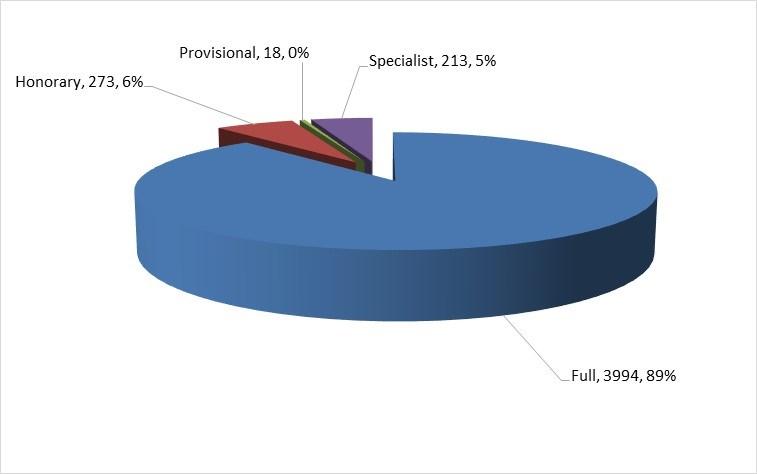
All Veterinarians
Registration type, age group and gender 2024

Age group and gender 2024
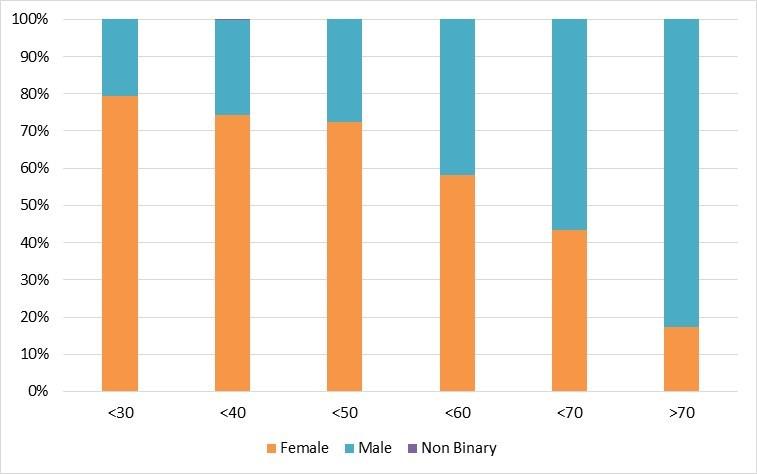
Employment Area Clinical Practice
Age group and gender 2024
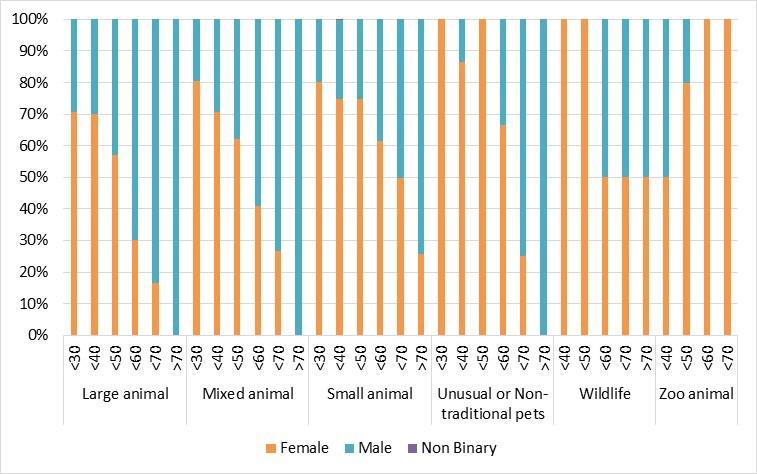
Employment Areas Non-Clinical 2024
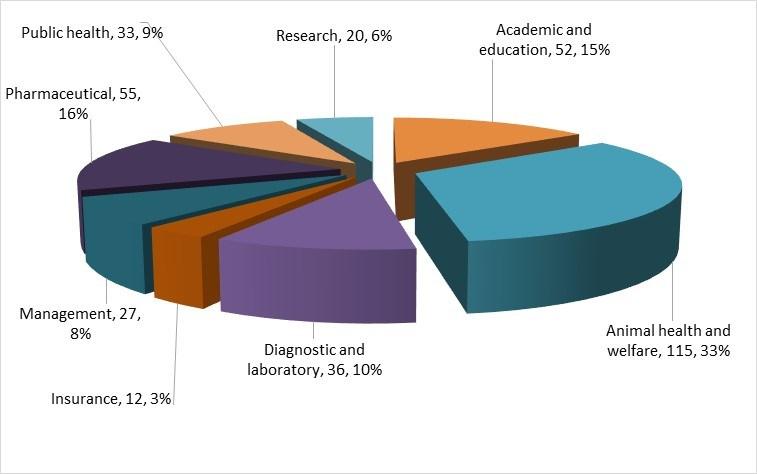
Employment Areas Specialist Clinical Practice Age group and gender 2024
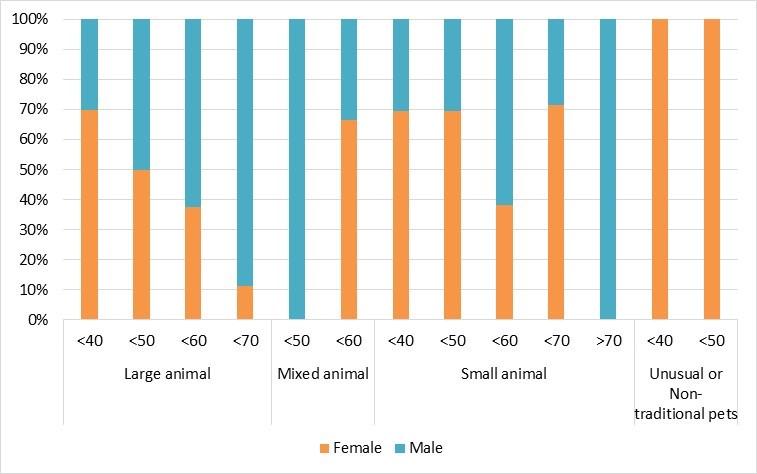
Employment type by age group and gender (%) 2024
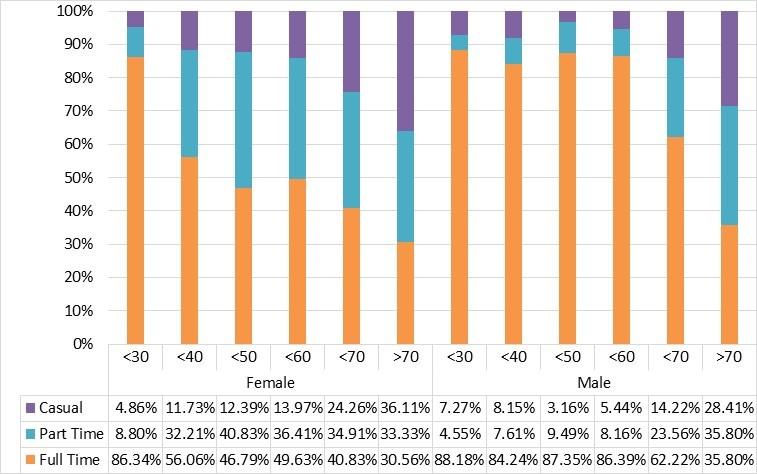
Total working hours and number of veterinarians Gender and age group 2024
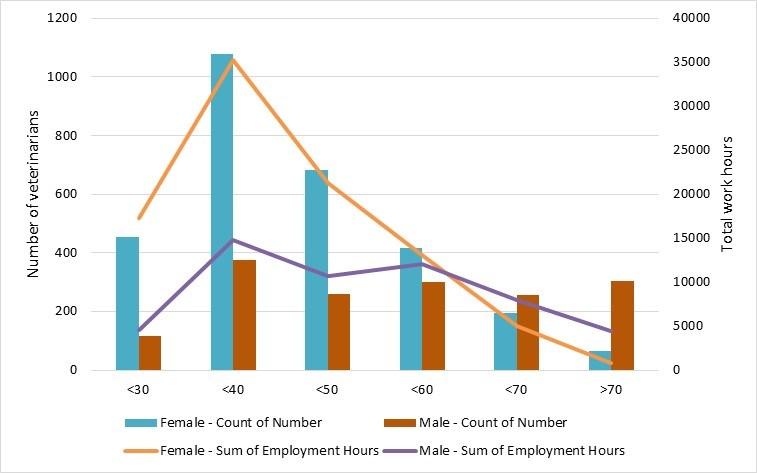
Continuing professional development Division 2024
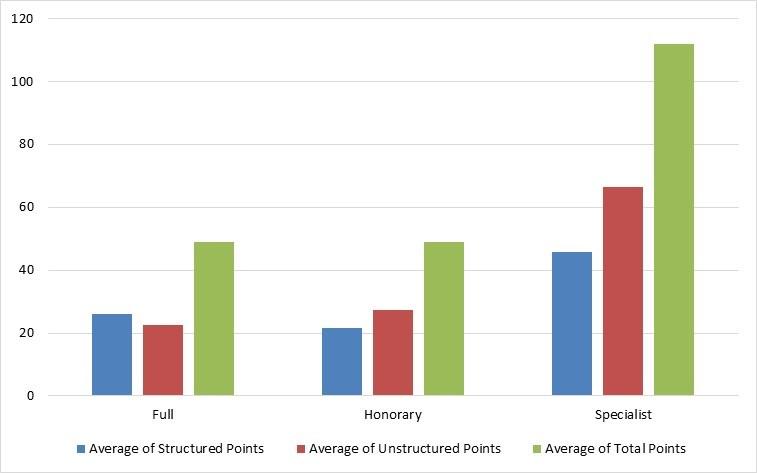
Continuing professional development Age group 2024
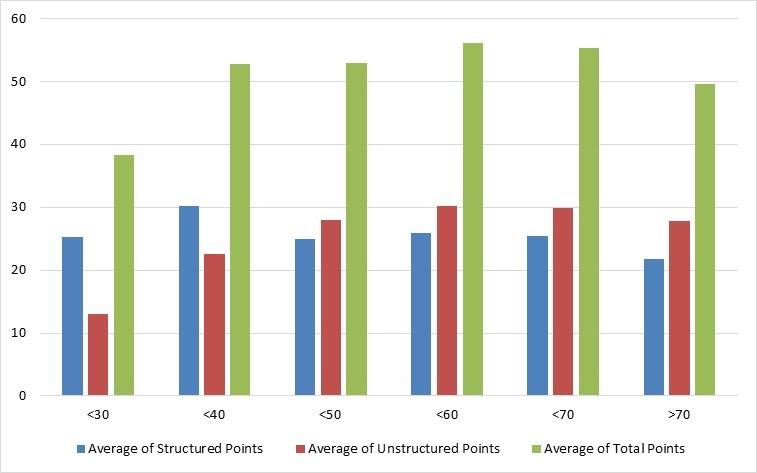
Removals from Register
Selected Reasons for Removal 2024
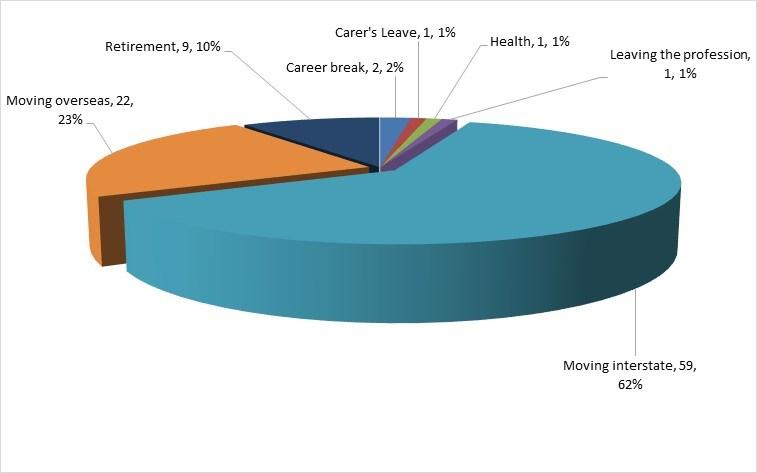
Removals from Register
Selected Reasons for Removal by Age 2024
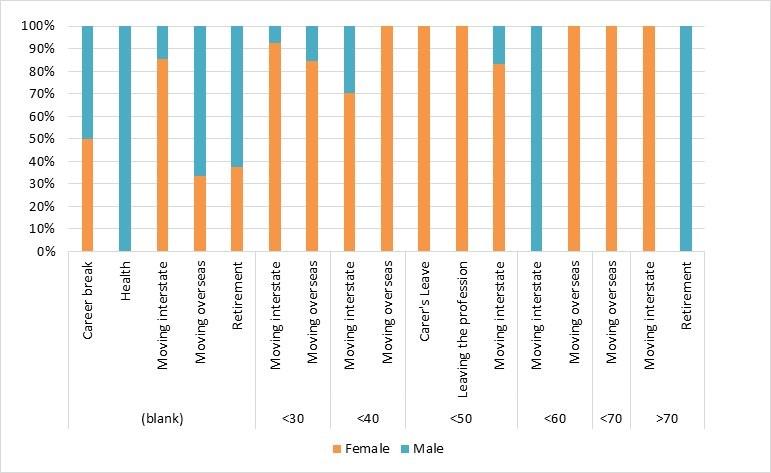
Veterinary Hospitals
Licence type 2024
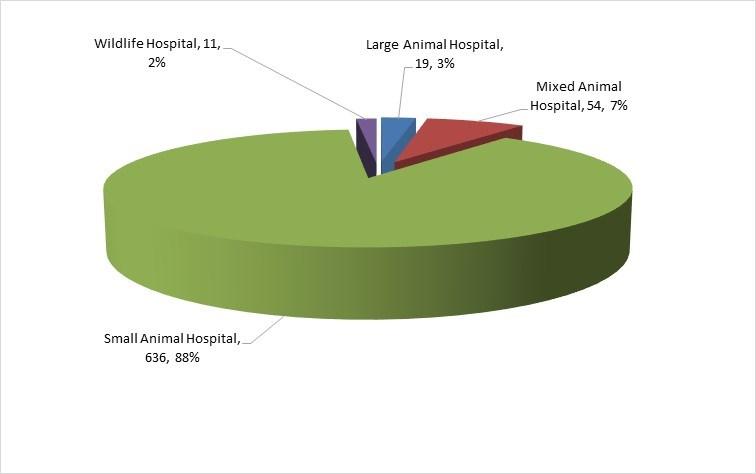
Veterinary Hospitals
Licence holder type 2024
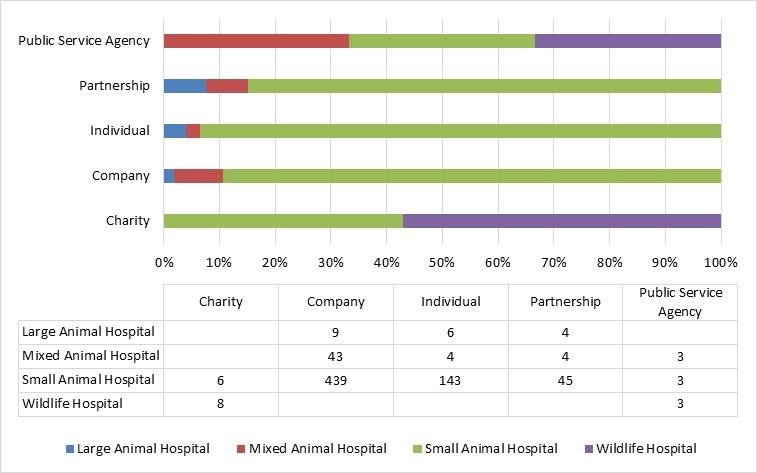
Veterinary Hospitals
Licence type and location remoteness 2024
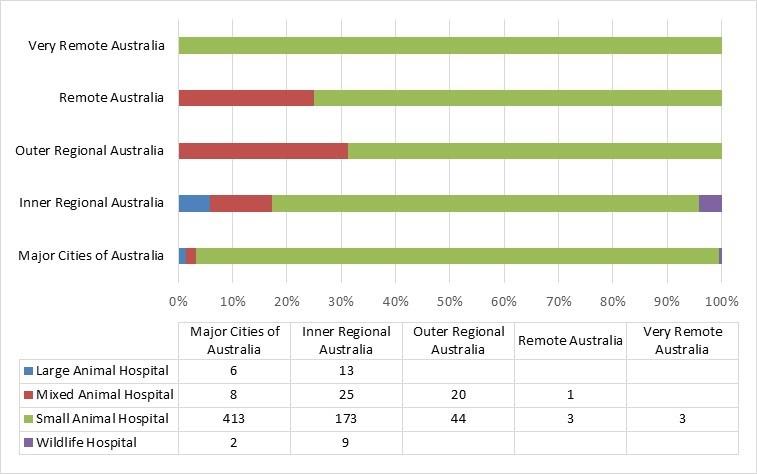
Veterinary Hospitals
Licence holder type and location remoteness 2024
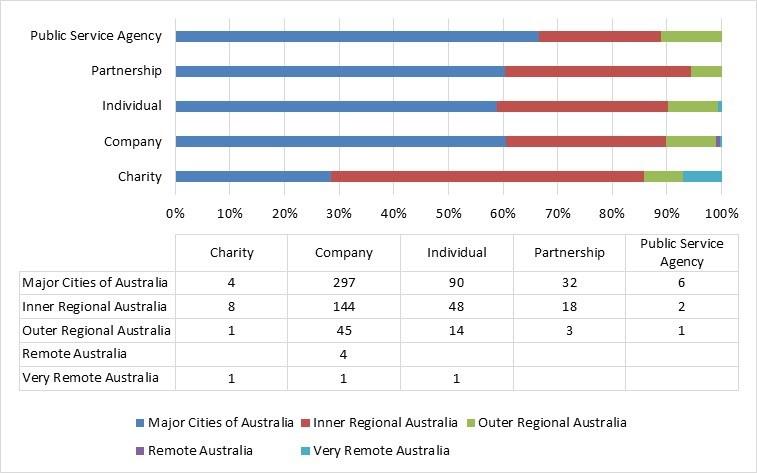
Complaint Decisions
Individual veterinarians 2024
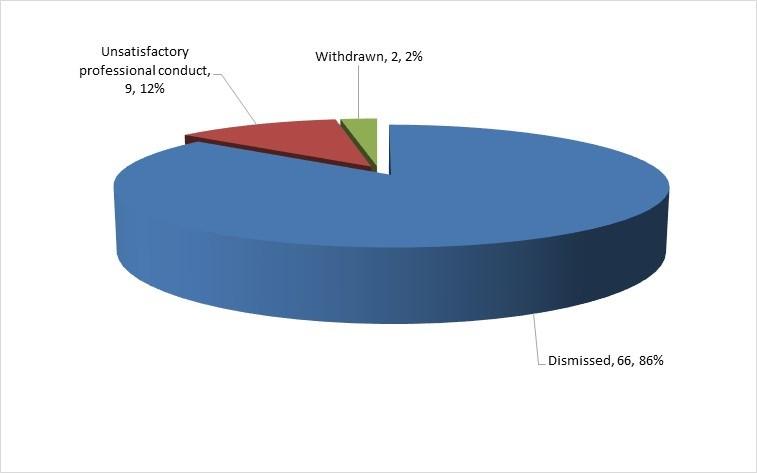
Complaint Decisions
Species of animal 2024
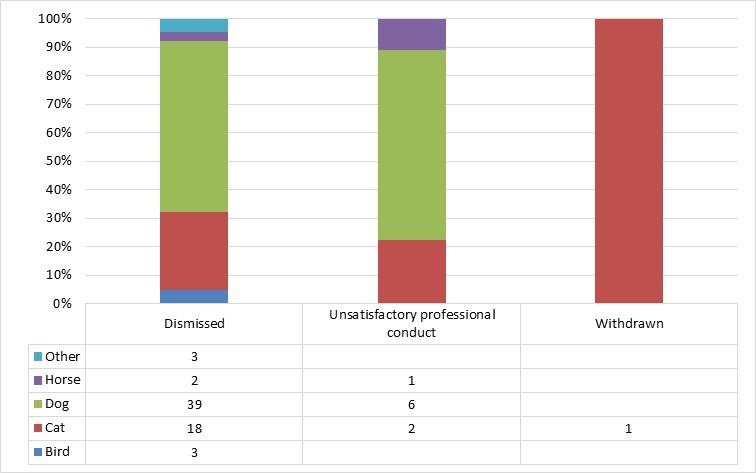
Complaint Decisions
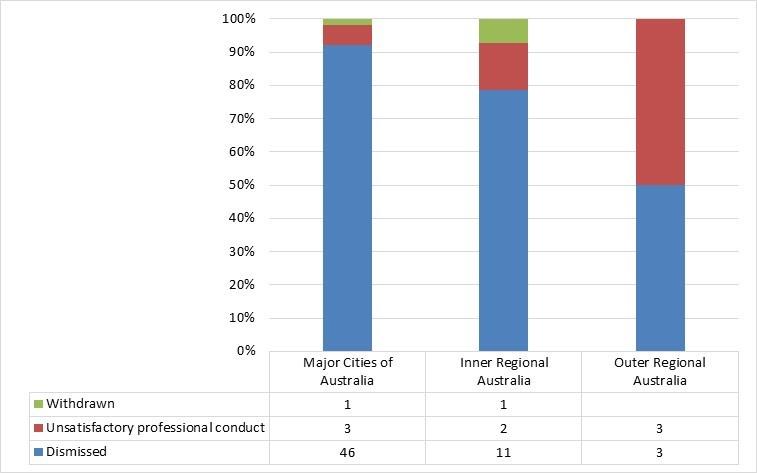
Complaint Decisions
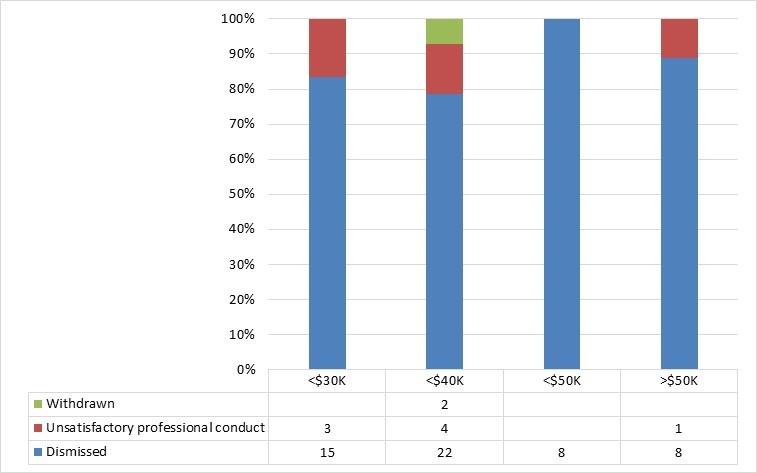
Complaint Decisions
Hospital division of veterinarians
2024
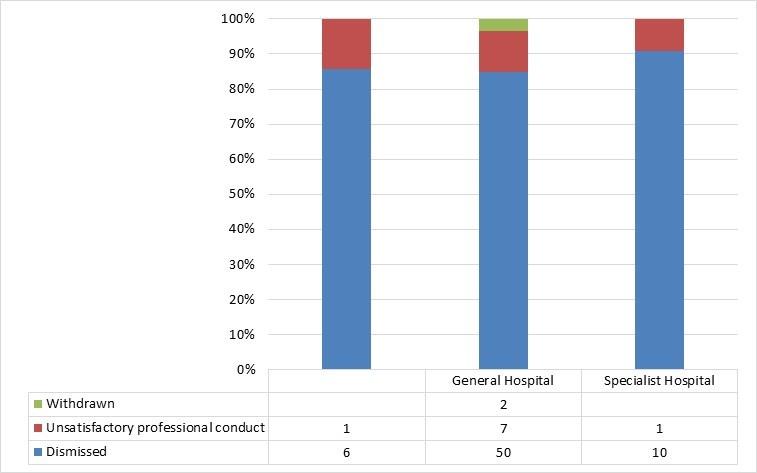
Complaint Decisions
Hospital type of veterinarians
2024
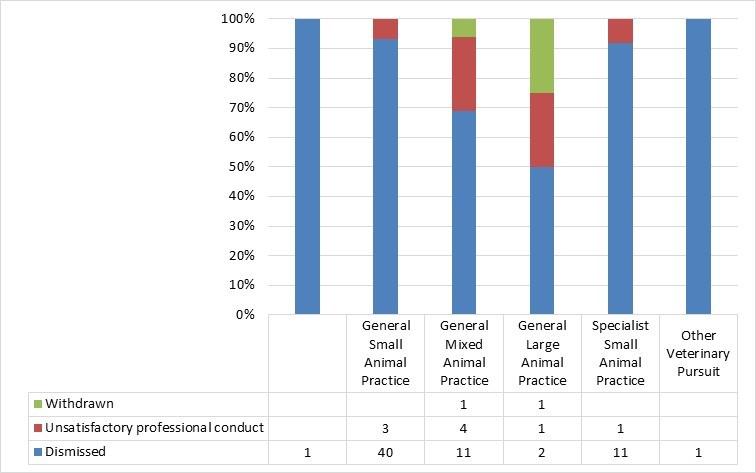

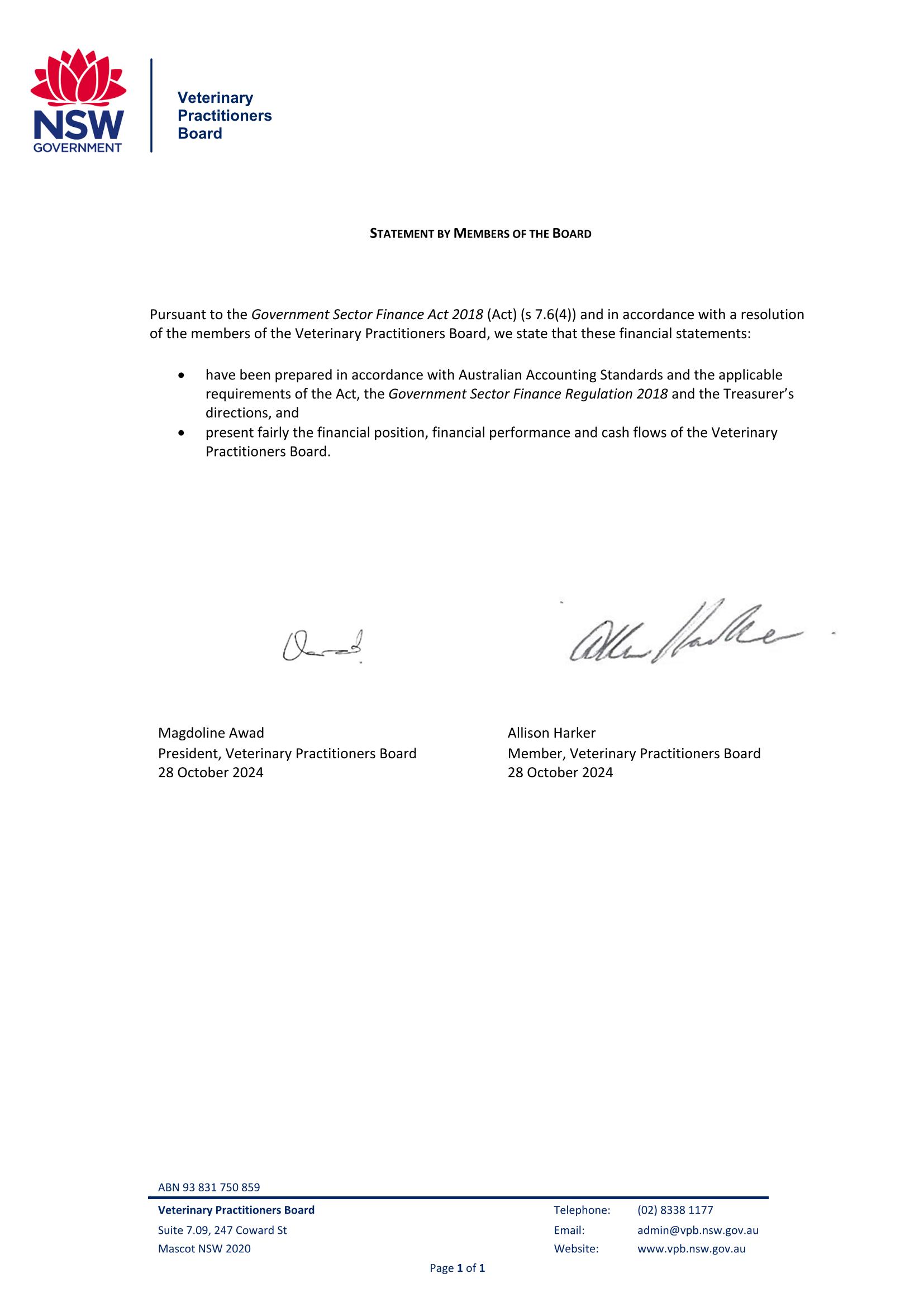
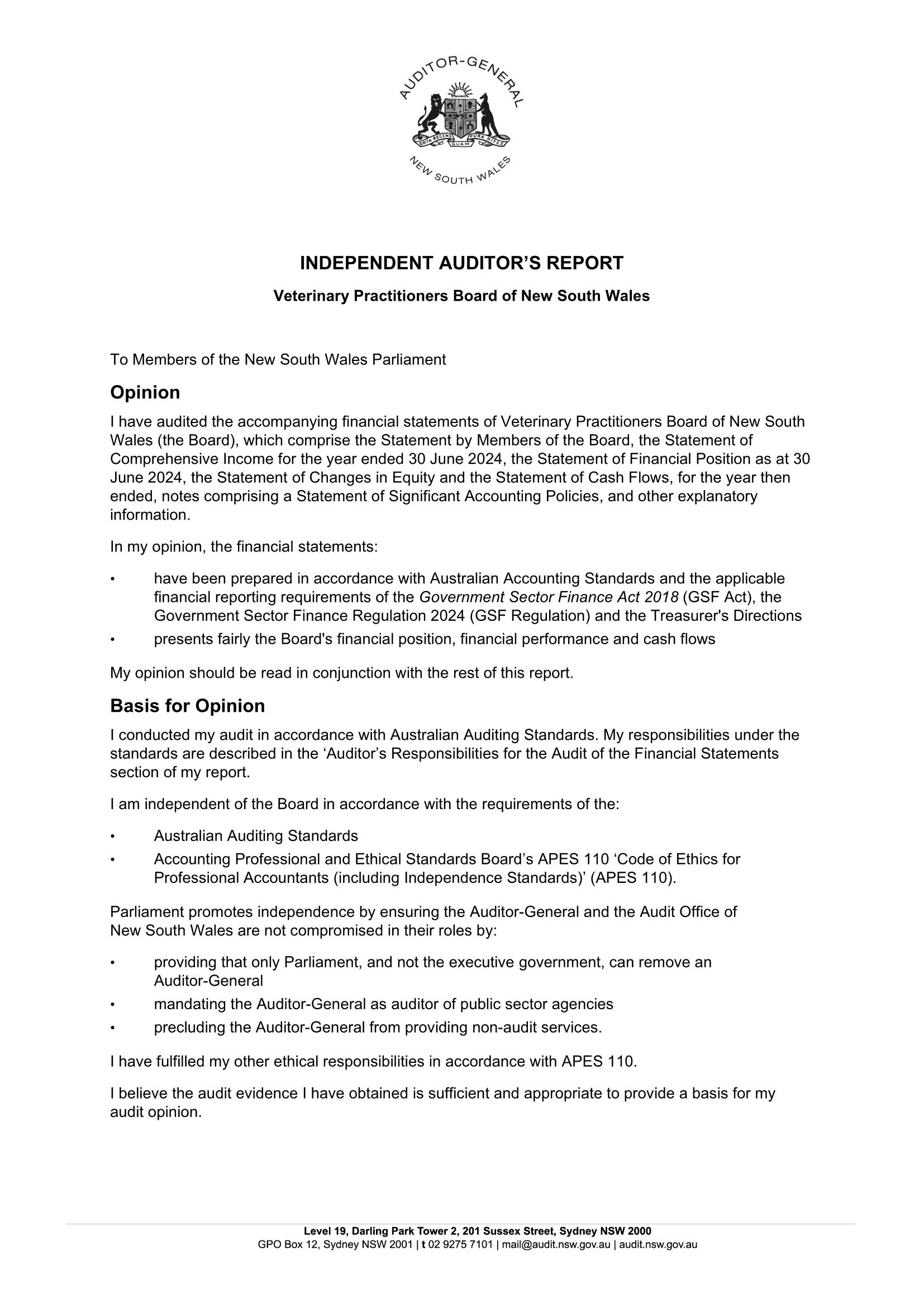

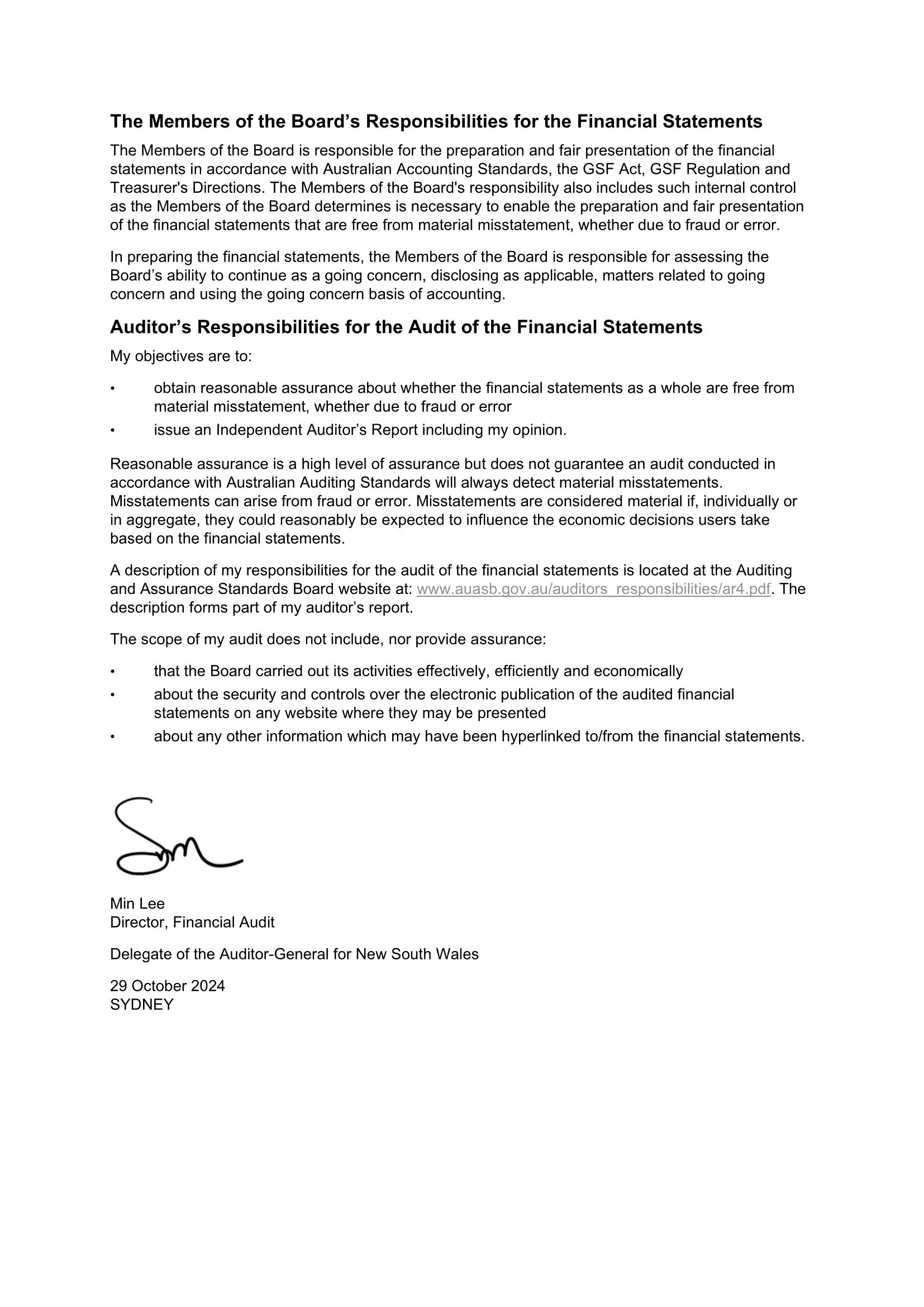
Veterinary Practitioners Board
Statement of Comprehensive Income for the year ended 30 June 2024
Statement of Financial Position as at 30 June 2024
of Changes in Equity for the year ended 30 June
The accompanying notes form part of these financial statements Veterinary Practitioners Board Statement of Cash Flow for the year ended 30 June 2024
Veterinary Practitioners Board
Notes
to the financial statements for the year ended 30 June 2024
1. Summary of Significant Accounting Policies
a)
Reporting Entity
The Veterinary Practitioners Board (Board) is an agency under the Government Sector Finance Act 2018. The Board is a notfor-profit entity (as profit is not its principal objective) which registers veterinary practitioners, licenses veterinary hospitals and investigates complaints about the practice of veterinary science in NSW under the Veterinary Practice Act 2003. The expenses of the Board are met directly from the revenue collected by the Board mainly in the form of registration and licence fees.
The financial statements for the year ended 30 June 2024 are authorised for issue by President Dr Magdoline Awad and member Mrs Allison Harker on 28 October 2024.
b) Basis of Preparation
The Board’s financial statements are general purpose financial statements which have been prepared in accordance with:
• applicable Australian Accounting Standards (which include Australian Accounting Interpretations)
• the requirements of the Government Sector Finance Act 2018 (GSF Act)
• the Government Sector Finance Regulation 2018
• applicable Treasurer’s Directions and Treasury Circulars.
The financial statements have been prepared on an accruals basis and are based on historical costs, modified where applicable, by measurement at the fair value of selected non-current assets, financial assets and financial liabilities.
Property, plant and equipment are measured at depreciated replacement cost as fair value. Other financial statement items are prepared in accordance with the historical cost convention.
Judgements, key assumptions and estimations that management has made are disclosed in the relevant notes to the financial statements.
All amounts are rounded to the nearest one dollar and are expressed in Australian currency.
Except when an Australian Accounting Standard permits or requires otherwise, comparative information is presented in respect of the previous period for all amounts reported in the financial statements.
i. Statement of compliance
The financial statements and notes comply with Australian Accounting Standards, which include Australian Accounting Interpretations.
ii. Employee Benefits and other provisions
Provisions are made for benefits accruing to employees in respect of wages and salaries, annual leave, and long service leave when it is probable that settlement will be required and they are capable of being measured reliably.
Veterinary Practitioners Board
Notes to the financial statements for the year ended 30 June 2024
1. Summary of Significant Accounting Policies (continued)
ii. Employee Benefits and other provisions (continued)
Wages, salaries and annual leave
Provisions made in respect of wages and salaries, annual leave and other employee benefits expected to be settled within 12 months of the reporting date representing present obligations resulting from employees’ services provided up to the reporting date, calculated at undiscounted amounts based on remuneration rates that the Board expects to pay including related on-costs.
Annual leave is not expected to be settled wholly before twelve months after the end of the annual reporting period in which the employees render the related service. As such, it is required to be measured at present value in accordance with AASB 119 Employee Benefits (although short-cut methods are permitted). The Board has assessed the treasury advice based on the Board’s circumstances and has determined that the effect of discounting is immaterial to annual leave.
Unused non-vesting sick leave does not give rise to liability as it is not considered probable that sick leave taken in the future will be greater than the benefits accrued in the future.
Long service leave
Provisions for employee benefits for long service leave represent the present value of the estimated future cash outflows to be made resulting from employees’ services provided up to the reporting date.
The provision is calculated using expected future increases in wage and salary rates including related on-costs and expected settlement dates based on turnover history and is discounted using the rates attaching to national government securities at balance date which most closely match the terms of maturity of the related liabilities. The unwinding of the discount is treated as long service leave expense.
Superannuation plan
The Board contributes to accumulation based funds chosen by each employee as per the Australian Government initiative ‘Super Choice’. Contributions are charged against expenditure as they are incurred.
iii. Plant and Equipment
The cost method of accounting is used for the initial recording of all acquisitions of assets controlled by the Board. The capitalisation threshold is $100. The assets below this threshold can be expensed from the date of acquisition.
Cost is the amount of cash or cash equivalents paid or the fair value of the other consideration given to acquire the asset at the time of its acquisition or construction or, where applicable, the amount attributed to that asset when initially recognised in accordance with the specific requirements of other Australian Accounting Standards. Assets acquired at no cost, or for nominal consideration, are initially recognised at their fair value at the date of acquisition.
For non-specialised assets with short useful lives, recognition at depreciated historical cost is regarded as an acceptable surrogate for fair value, in accordance with TPP 21-09. This is because any difference between fair value and depreciated historical cost is unlikely to be material.
Veterinary Practitioners Board
Notes to the financial statements for the year ended 30 June 2024
1. Summary of Significant Accounting Policies (continued)
iii. Plant and Equipment (continued)
Depreciation
Depreciation is provided for on a straight-line basis for all depreciable assets so as to write off the depreciable amount of each asset as it is consumed over its useful life to the Board.
All material and separately identifiable components of assets are depreciated over their useful lives.
The depreciation method is reviewed at least annually and, if there has been a change in the expected pattern of consumption, the method applied will be changed to reflect this.
When depreciation rates or depreciation methods are changed, the change is accounted for as a change in accounting estimate. The effect is recognised in the financial year of the change, if the change affects that year only, or in the year of the change and future years, if the change affects both. The depreciation recognised in prior financial years is not changed either by an adjustment via the profit and loss account or via retained profits or accumulated losses.
The useful lives used for each class of assets are:
iv. Impairment of Assets
As a not-for-profit entity with no cash-generating units, impairment under the AASB 136 Impairment of Assets is unlikely to arise. As property, plant and equipment are carried at fair value, impairment can only arise in the rare circumstances where the costs of disposal are material. Specifically, impairment is unlikely for not-for-profit entities given that AASB 136 modifies the recoverable amount test for non-cash generating assets of not-for-profit entities to the higher of fair value less costs of disposal and depreciated replacement cost, where depreciated replacement cost is also fair value.
v. Receivables
Receivables are non-derivate financial assets with fixed or determinable payments that are not quoted in an active market. These financial assets are recognised initially at fair value, usually based on the transaction cost or fair value. Subsequent measurement is at amortised cost using the effective interest method, less an allowance for expected credit losses. Any changes are accounted for in the operating statement when impaired, derecognised or through the amortisation process.
Short-term receivables with no stated interest rate are measured at the original invoice amount where the effect of discounting is immaterial.
Class
Veterinary Practitioners Board
Notes to the financial statements for the year ended 30 June 2024
1. Summary of Significant Accounting Policies (continued)
vi. Payables
These amounts represent liabilities for goods and services provided to the agency and other amounts. Payables are recognised initially at fair value, usually based on the transaction cost or face value. Subsequent measurement is at amortised cost using the effective interest method. Short-term payables with no stated interest rate are measured at the original invoice amount where the effect of discounting is immaterial.
vii. Revenue Recognition
Income is mainly derived from veterinary practitioner annual registration fees (due on or before 30 June for the ensuing financial year) and annual hospital licence fees (due on or before 30 June for the ensuing financial year). The payments are of a statutory nature, with no legal performance obligations, however there is an implied performance obligation. Payment of registration fees depends upon the exercise of an election to renew registration and is recognised in the period of registration. Veterinary practitioner registration fees and hospital licence fees which represent the fees for the period after 30 June 2024 are recognised as contract liabilities (unearned income) and recognised as a liability because the fees are paid in respect of the next financial year.
Investment revenue is recognised as it accrues.
Other income for rendering service is recognised when the service is provided or by reference to the stage of completion (based on labour hours incurred to date).
AASB 1058 Income for not-for-profit entities
The Board has reviewed and determined if any of its transactions are or contains a donation (accounted for under AASB 1058) or a contract with a customer (accounted for under AASB 15) and has determined that no such transactions exist during the 2024 financial year.
The Board has considered the practical expedient in AASB 1058 whereby existing assets acquired for consideration significantly less than fair value principally to enable the entity to further its objectives, may be restated, and found that no such assets exist.
Fine income is recognised when fines are raised.
viii.
Intangible Assets
Intangible assets are recognised only if it is probable that future economic benefits will flow to the Board and the cost of the asset can be measured reliably. Intangible assets are measured initially at cost. Where an asset is acquired at no or nominal cost, the cost is its fair value as at the date of acquisition. Following initial recognition, intangible assets are subsequently measured at fair value only if there is an active market. If there is no active market for the intangible assets, the assets are carried at cost less any accumulated amortisation and impairment losses.
The intangible assets are amortised using the straight-line method over the useful lives assessed.
In the financial year 2019, the Board entered into a contract to develop a new online database solution which would allow registration and licensing applications to be submitted through a new website (user interface) and processed online. The design aims to replace the existing manual process, will improve the overall efficiency, generate future economic benefit by reducing running costs, and support the objectives of the Board. The main registration component of the database was completed and launched in June 2024, with an anticipated useful life of 10 years.
Veterinary Practitioners Board
Notes to the financial statements for the year ended 30 June 2024
1. Summary of Significant Accounting Policies (continued)
ix. AASB 16 Leases Right of Use Assets and Lease Liabilities
The Board’s activities rarely involve entering into contracts of a leasing nature, other than those disclosed here-in.
Right of Use Assets (ROUA) are recorded when the entity has direct use of the assets and has obtained substantially all of the economic benefits from the use of the assets. The ROUA are measured at cost method in line with all other classes of property, adjusted for lease incentives, initial direct costs and estimates for costs for dismantling and removing the asset or restoring the site on which it is located (make good).
As the lessee , the entity recognises a lease liability and right-of-use asset at the inception of the lease. The Board’s right of use assets was not impaired during the year as the contracts provide a minimum CPI or percentage increase on review.
The measurement principles of AASB 16 have been applied again in 2024 with the weighted average lessee’s incremental borrowing rate applied to the lease liabilities on 1 July 2021 which was 4.26%. The rate was note updated as no new leases or modifications were made during the year.
x. Change of Accounting Policies
Accounting standards effective for the first time in 2023-24
The accounting policies applied in 2023-24 are consistent with those of the previous financial year except as a result of the following revised Australian Accounting Standards that have been applied for the first time.
The adoption of the above revised Australian Accounting Standards has not had any significant impact on the Board. There are no significant impacts or additional disclosures required.
NSW public sector entities are not permitted to early adopt new Australian Accounting Standards, unless Treasury determines otherwise.
The following new Australian Accounting Standards have not been applied and are not yet effective:
AASB 2022-9 Amendments to Australian Accounting Standards Insurance Contracts in the Public Sector
AASB 2021-7c Amendments to Australian Accounting Standards Effective Date of Amendments to AASB 10 and AASB 128 and Editorial Corrections
AASB 2023-5 Amendments to Australian Accounting Standards Lack of Exchangeability
AASB 2024-2 Amendments to Australian Accounting Standards Classification and Measurement of Financial Instruments
These notes should be read in conjunction with the attached financial statements.
Veterinary Practitioners Board
to the financial statements for the year ended 30 June 2024
Veterinary Practitioners Board
Notes to the financial statements for the year ended 30 June 2024
3. revenues
4. Gain/(loss) on Disposal Gain on termination of ROUA liability
Gain/(Loss) on Disposal of Plant and Equipment
5. Current Assets - Cash and Cash Equivalents
4,675,801 The Board has a finance facility with Citibank of $50,000 as at 30 June 2024. The outstanding balance was $9,024.
6. Current/Non-current Assets - Receivables
Veterinary Practitioners Board
to the financial statements for the year ended 30 June 2024
10. Non-Current Assets Right of Use Assets
11.
Veterinary Practitioners Board
14. Current/Non-Current Liabilities - Borrowings
15.
Veterinary Practitioners Board
Notes to the financial statements for the year ended 30 June 2024
15. Current/Non-Current Liabilities - Provisions (continued)
Aggregate
and Related On-Costs
The Board expects that $56,867 amount of recreation leave will be settled no more than 12 months after the reporting date and $54,755 amount of recreation leave will be settled more than 12 months after the reporting date.
16. Reconciliation of Cash Flows from Operating Activities to Net Result
17. Accumulated Funds
18.
Financial Instruments
The Board’s principal financial instruments are outlined below. These financial instruments arise directly from the Board’s operations or are required to finance the Board’s operations. The Board does not enter into or trade financial instruments, including derivative financial instruments, for speculative purposes.
The Board's main risks arising from financial instruments are outlined below, together with the Board’s objectives, policies and processes for measuring and managing risk. Further quantitative and qualitative disclosures are included throughout these financial statements.
The Board has overall responsibility for the establishment and oversight of risk management and reviews and agrees on policies for managing each of these risks. Risk management policies are established to identify and analyse the risks faced by the Board, to set risk limits and controls and to monitor risks.
These notes should be read in conjunction with the attached financial statements.
Veterinary Practitioners Board
Notes to the financial statements for the year ended 30 June 2024
18. Financial Instruments (CONTINUED)
a) Financial instruments
Notes
1. Excludes statutory receivables and prepayments (i.e. not within scope of AASB 7).
2. Excludes statutory payables and unearned revenue (i.e. not within scope of AASB 7).
b) Financial risks
i. Credit Risk
Credit risk arises when there is the possibility of the Board’s debtors defaulting on their contractual obligations, resulting in a financial loss to the Board. The maximum exposure to credit risk is generally represented by the carrying amount of the financial assets (net of any allowance for impairment).
Credit risk arises from the financial assets of the Board, including cash, receivables, and authority deposits. No collateral is held by the Board. The Board has not granted any financial guarantees.
Credit risk associated with the Board’s financial assets, other than receivables, is managed through the selection of counterparties and establishment of minimum credit rating standards.
Cash and Cash Equivalents
Cash comprises cash on hand and bank balances within the NSW Treasury Banking System. Interest is earned on daily bank balances.
Accounts Receivable – Trade Debtors
All trade debtors are recognised as amounts receivable at the balance date. Collectability of trade debtors is reviewed on an ongoing basis. Procedures as established in the Treasurer’s directions are followed to recover outstanding amounts, including letters of demand. Debts which are known to be uncollectible are written off. An allowance for expected credit losses is raised when there is objective evidence that the Board will not be able to collect all amounts due. This evidence includes past experience, and current and expected changes in economic conditions and debtor credit ratings. No interest is earned on trade debtors.
These notes should be read in conjunction with the attached financial statements.
Veterinary Practitioners Board
Notes to the financial statements for the year ended 30 June 2024
18. Financial Instruments (Continued)
Accounts Receivable – Trade Debtors (continued)
The Board is not materially exposed to concentrations of credit risk to a single trade debtor or group of debtors. Based on past experience, debtors that are not past due (2024: Nil; 2023: Nil) and less than 3 months past due (2024: Nil ; 2023: Nil) are not considered impaired. Most of the Board’s debtors have a good credit rating. The ageing of trade debtors has been listed below:
<30 days overdue
30 days – 90 days overdue
>90 days overdue
2023
<30 days overdue
30 days – 90 days overdue
Notes
1. Each column in the table reports ‘gross receivables’
2. The ageing analysis excludes statutory receivables as these are not within the scope of AASB 7 and excludes receivables that are not past due and not impaired. Therefore, the ‘total’ may not reconcile to the receivables total recognised in the statement of financial position.
ii. Liquidity Risk
Liquidity risk is the risk that the Board will be unable to meet its payment obligations when they fall due. The Board continuously manages risk through monitoring future cash flows and maturities planning to ensure adequate holding of high quality liquid assets. The objective is to maintain a balance between continuity of funding and flexibility through the use of overdrafts, loans and other advances.
During the current and prior years, there were no defaults or breaches on any loans payable. No assets have been pledged as collateral. The Board’s exposure to liquidity risk is deemed insignificant based on prior periods’ data and current assessment of risk.
The liabilities are recognised for amounts due to be paid in the future for goods or services received, whether or not invoiced. Amounts owing to suppliers (which are unsecured) are settled in accordance with the policy set out in NSW TC 11/12. For small business suppliers, where terms are not specified, payment is made not later than 30 days from date of receipt of a correctly rendered invoice. For other suppliers, if trade terms are not specified, payment is made no later than the end of the month following the month in which an invoice or a statement is received. For small business suppliers, where payment is not made within the specified time period, simple interest must be paid automatically unless an existing contract specifies otherwise. For payments to other suppliers, the Head of an authority (or a person appointed by the Head of an authority) may automatically pay the supplier simple interest. The Board did not pay any interest to small business suppliers during the year.
The financial liabilities of the Board as at 30 June 2024 were settled within a month and there is no interest rate exposure.
Veterinary Practitioners Board
Notes to the financial statements for the year ended 30 June 2024
18. Financial Instruments (Continued)
iii. Market Risk
Market risk is the risk that the fair value or future cash flows of a financial instrument will fluctuate because of changesin market prices. The Board’s exposures to market risk are primarily through interest rate risk on the Board’s borrowings. The Board has no exposure to foreign currency risk and does not enter into commodity contracts.
The effect on profit and equity due to a reasonably possible change in risk variable is outlined in the information below, for interest rate risk and other price risk. A reasonably possible change in risk variable has been determined after taking into account the economic environment in which the Board operates and the time frame for the assessment (i.e. until the end of the next annual reporting period). The sensitivity analysis is based on risk exposures in existence at the statement of financial position date. The analysis is performed on the same basis as for 2022. The analysis assumes that all other variables remain constant.
Interest rate risk
Interest rate risk is the risk that the fair value or future cash flows of a financial instrument will fluctuate because of changes in market interest rates. Exposure to interest rate risk arises primarily through the Board’s interest-bearing liabilities. This risk is minimised by holding cash on hand. The Board does not account for any fixed rate financial instruments at fair value throughprofit or loss or as available for sale. Therefore, for these financial instruments, a change in interest rates would not affect profit or loss or equity. A reasonably possible change of +/-1% is used, consistent with current trends in interest rates. The basis will be reviewed annually and amended where there is a structural change in the level of interest rate volatility. The Board’s exposure to interest risk is $2,005 in net profit and equity in the 2024 year (2023: $1,255).
19. Commitments
a) Capital Commitments
The Board has not entered into any unrecognised contractual commitment prior to the 30 June 2024.
20. Contingents
a) Contingent Assets
The Board is aware of a contingent litigation asset associated with the ongoing operations that may give rise to a contingentasset at balance date. At this point those Assets are material, though subject to significant uncertainty.
b) Contingent Liabilities
The Board is aware of contingent legal liabilities associated with ongoing operations that may give rise to a contingent liability at balance date. At this point those liabilities are material, though subject to significant uncertainty.
Veterinary Practitioners Board
Notes to the financial statements for the year ended 30 June 2024
21. Going Concern
When preparing financial statements, management shall make an assessment of an entity’s ability to continue as a going concern. An entity shall prepare financial statements on a going concern basis unless management either intends to liquidate the entity or to cease trading, or has no realistic alternative but to do so. When management is aware, in making its assessment, of material uncertainties related to events or conditions that may cast significant doubt upon the entity’s ability to continue as a going concern, the entity shall disclose those uncertainties.
When an entity does not prepare financial statements on a going concern basis, it shall disclose that fact, together with the basis on which it prepared the financial statements and the reason why the entity is not regarded as a going concern.
The Board confirm the going concern basis is appropriate for the financial statements.
22. Related Party Transactions
a) Key Management Personnel
The Board is a body corporate established under the Veterinary Practice Act 2003. The Board members and the registrar are considered key management personnel as they have the authority and responsibility for planning, directing and controlling the activities of the Board.
Board members
Board members are appointed for a 3 year term by the Governor of NSW with the term ending 30 June 2024. The Board consists of 8 members:
• Georgina Child, selected by the Minister, representing specialist veterinarians
• Magdoline Awad, selected by the Minister, representing veterinarians in urban areas
• Peter Alexander, selected by the Minister, representing veterinarians in rural areas
• Kate Mills, selected by the Minister, representing veterinarians in academia
• Steven Ferguson, selected by the Minister
• Paul McGreevy, selected by the Minister
• Sarah Hunter, selected by the Minister, representing consumers of veterinary services
• Lisa Minogue, selected by the Minister, representing consumers of veterinary services
Registrar
John Baguley was appointed as the Registrar in 2012 and is responsible for assisting the Board in the administration of its activities under the legislation and the overall management of the organisation by establishing strategy, policy and operations to guide the Board in its interactions. These
Veterinary Practitioners Board
Notes to the financial statements for the year ended 30 June 2024
22. Related Party Transactions (continued)
Key Management Personnel Compensation
Notes:
1. Short-term employee benefit includes wages, salaries, paid annual leave and paid sick leave, reportable fringe benefit and superannuation guarantee
2. Other long-term benefits refer to Long Service Leave accrued only and no other long-term benefits are applicable
3. Outstanding short-term benefit include accrued wage and superannuation on 30 June 2024.
b) Other Related Parties
The Board has not identified any other related parties and accordingly no other related party transactions need to be disclosed.
23. Event Subsequent to Balance Date
The Board has not identified any events or transactions that are material to require adjustments or disclosures in the financial statements.
END OF AUDITED FINANCIAL STATEMENTS
